Home>Garden Essentials>How Long Do Cucumbers Take To Grow From Seed
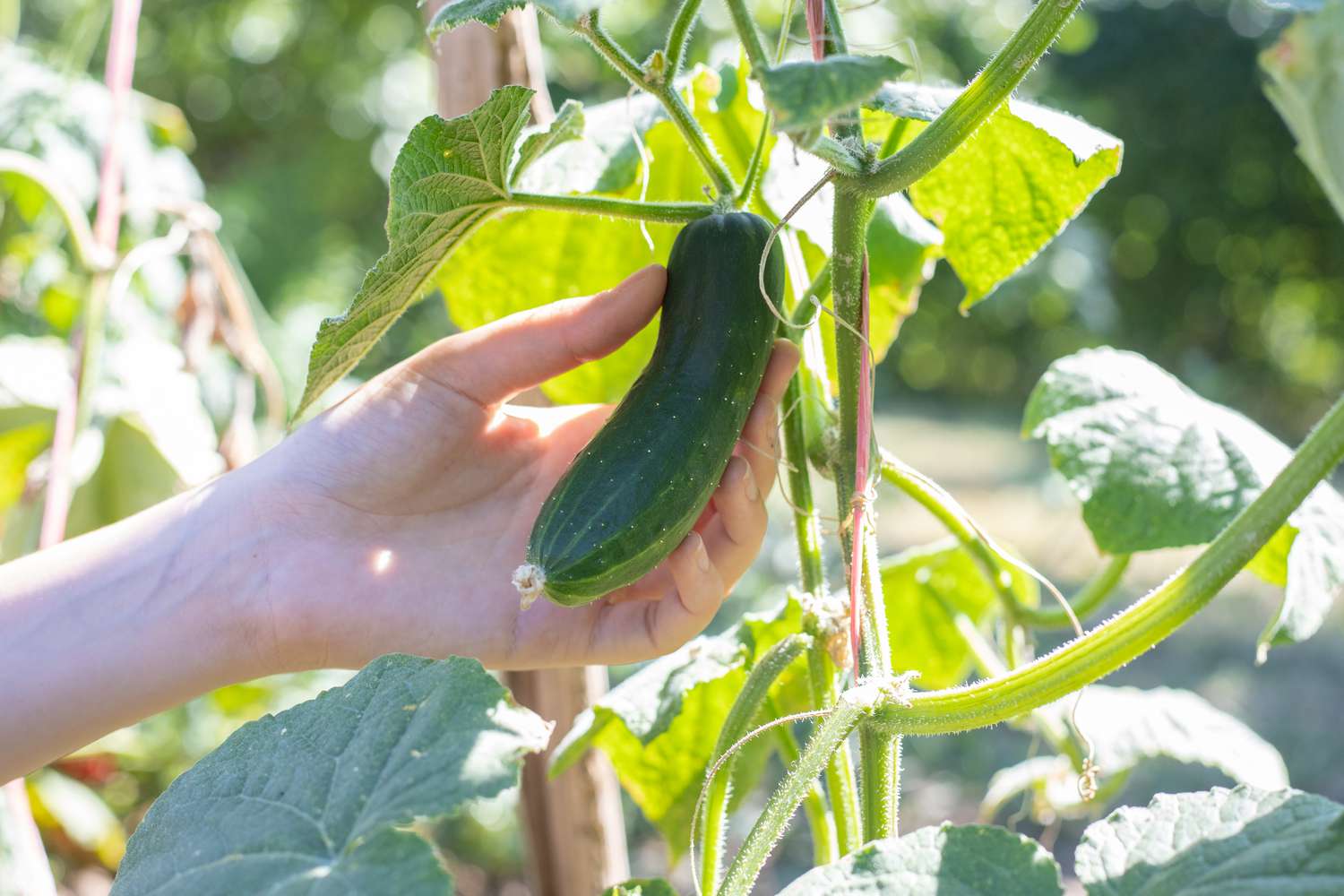

Garden Essentials
How Long Do Cucumbers Take To Grow From Seed
Modified: October 20, 2024
Learn how long cucumbers take to grow from seed in your garden and get expert tips for a successful harvest.
(Many of the links in this article redirect to a specific reviewed product. Your purchase of these products through affiliate links helps to generate commission for Storables.com, at no extra cost. Learn more)
Introduction
Growing cucumbers from seed can be a rewarding and satisfying experience for any gardener. Whether you have a spacious backyard garden or just a small balcony, cucumbers are a versatile and productive vegetable that can be grown with relative ease. However, before you embark on your cucumber growing journey, it is important to understand the factors that can affect their growth and the timeline from seed to harvest.
There are several factors that can impact the growth of cucumbers, including temperature, sunlight, soil quality, and water availability. Cucumbers are warm-season plants that prefer a temperature range between 70-85°F (21-29°C) for optimal growth. They also require a minimum of 6-8 hours of sunlight per day to thrive. In terms of soil, cucumbers prefer a well-draining, fertile soil with a pH level between 6 and 7.
Now let’s dive into the different stages of cucumber growth, from germination to harvest, to get a better understanding of the time and care required for a successful cucumber harvest.
Key Takeaways:
- Cucumbers take 7 to 10 days to sprout from seeds, needing warm temperatures, consistent moisture, and sunlight. Patience and care during germination set the stage for healthy cucumber plants.
- Providing optimal conditions for cucumber growth, including temperature, sunlight, soil quality, water, and pest control, ensures a bountiful harvest of delicious cucumbers.
Read more: How Long Do Tomato Seeds Take To Grow
Factors Affecting Cucumber Growth
Several factors can significantly influence the growth and development of cucumber plants. By understanding these factors, you can provide the ideal conditions for your cucumbers to thrive.
1. Temperature: Cucumbers prefer warm temperatures for optimal growth. While they can tolerate cooler temperatures, their growth may slow down. It is best to plant cucumbers when the soil temperature reaches around 60°F (15°C), and the air temperature stays consistently above 70°F (21°C).
2. Sunlight: Cucumbers are sun-loving plants and require at least 6-8 hours of direct sunlight each day. Make sure to choose a sunny location for your cucumber plants in your garden or balcony.
3. Soil Quality: Cucumbers thrive in well-draining, fertile soil. Before planting, amend the soil with organic matter such as compost or well-rotted manure to improve its fertility and drainage. The soil pH level should be between 6 and 7, slightly on the acidic side.
4. Watering: Consistent and adequate watering is crucial for cucumber growth. The soil should be kept evenly moist, but not waterlogged. Avoid letting the soil dry out completely between watering, as it can lead to stressed plants and bitter-tasting cucumbers.
5. Nutrients: Cucumbers are heavy feeders, requiring a steady supply of nutrients to support their growth. Prioritize providing a balanced fertilizer rich in nitrogen, phosphorus, and potassium to promote healthy foliage and fruit development.
6. Pest and Disease Control: Cucumbers are susceptible to various pests and diseases, including cucumber beetles, powdery mildew, and cucumber mosaic virus. Regularly inspect your plants for any signs of infestation or disease and take appropriate measures to control them, such as using organic insecticides or fungicides.
By considering these factors and making necessary adjustments, you can create an optimal growing environment for your cucumber plants. Providing the right conditions will not only result in healthier and more productive plants but also enhance the overall flavor and quality of your cucumbers.
Germination Period
The germination period is the time it takes for cucumber seeds to sprout and emerge from the soil. Cucumber seeds typically have a germination period of 7 to 10 days, but this can vary depending on various factors such as temperature, soil moisture, and seed quality.
To ensure successful germination, start by selecting high-quality cucumber seeds from a reputable source. Fresh seeds have a higher germination rate compared to older ones. Before planting, consider pre-soaking the seeds in water for a few hours to help soften the seed coat and speed up the germination process.
Prepare the soil by removing any weeds or debris and loosening it to a depth of at least 6 inches. Plant the seeds about 1 to 1.5 inches deep, spacing them around 6 to 8 inches apart. If you’re sowing multiple rows, keep a distance of 2 to 3 feet between each row.
Ensure that the soil remains consistently moist during the germination period. Water the soil gently using a watering can or a hose with a fine mist nozzle to avoid disturbing the seeds. It is important to keep the soil moist but not overly saturated, as this can lead to rotting. Regularly monitor the soil moisture and water as needed.
During the germination period, maintain a warm and stable temperature in the range of 70 to 90°F (21 to 32°C). You can provide additional warmth by covering the seeded area with a plastic or fabric cover, creating a mini greenhouse effect. This helps to retain moisture and warmth, speeding up the germination process.
After the seeds have germinated and the seedlings have emerged, it is important to gradually remove the cover to expose the plants to normal airflow and prevent excessive humidity. The seedlings will develop their first set of true leaves within a few days of emerging, signaling that they are ready for the next stage of growth.
By providing optimal conditions such as proper moisture, temperature, and seed quality, you can ensure a successful germination period for your cucumber seeds. Remember to be patient and provide consistent care during this stage, as it sets the foundation for healthy cucumber plants and a bountiful harvest.
Seedling Stage
The seedling stage is a critical period in the growth of cucumber plants. During this stage, the young seedlings develop their first true leaves and start to establish their root systems. Proper care and attention during the seedling stage will contribute to the overall health and vigor of the cucumber plants.
Once the seedlings have emerged and developed their first true leaves, they will require ample light to continue growing. Place them in a location that receives at least 6-8 hours of direct sunlight per day. If sunlight is limited, you can supplement with fluorescent grow lights positioned a few inches above the seedlings.
Proper watering is crucial during the seedling stage. The soil should be consistently moist but not waterlogged. Overwatering can lead to root rot, while underwatering can cause stunted growth. Water the seedlings gently at the base of the plants, avoiding overhead watering that can lead to disease and fungal problems.
To encourage strong and healthy root growth, it is beneficial to gradually expose the seedlings to natural airflow. This will help strengthen the stems and prevent them from becoming weak and leggy. You can achieve this by reducing the use of covers or removing them entirely if the weather permits.
At this stage, it is also a good time to start applying a balanced liquid fertilizer at a diluted strength. This will provide the young seedlings with the necessary nutrients to support their growth. Follow the instructions on the fertilizer package for the correct dosage and application frequency.
Thin out the seedlings if they are overcrowded. Crowded seedlings can compete for nutrients and light, resulting in weak and spindly plants. Leave the healthiest and strongest seedlings, spacing them about 12-18 inches apart, depending on the variety.
As the seedlings continue to grow, you may need to provide support in the form of stakes or trellises to help the plants climb. This is especially important for vining cucumber varieties. The support structure should be installed early in the seedling stage to prevent root disturbance later on.
By giving proper attention to light, watering, airflow, nutrients, spacing, and support, you can ensure that your cucumber seedlings develop into robust and healthy plants. This sets the stage for the next phase of growth, where the seedlings transition into vigorous vines and start producing flowers and fruits.
Cucumbers take about 50-70 days to grow from seed to harvest. Plant in well-drained soil, keep them watered, and provide support for climbing varieties.
Vegetative Growth
Once the cucumber seedlings have established themselves and entered the vegetative growth stage, their primary focus is on foliage development and vine expansion. During this phase, the plants grow vigorously, producing new leaves and extending their vines.
One of the key factors in promoting vegetative growth is providing adequate water and ensuring the soil remains consistently moist. Cucumbers have high water requirements, especially during the warmer months. Regularly check the soil moisture level and water deeply when the top inch of soil feels dry. It is important to maintain a consistent level of moisture, as inconsistent watering can lead to stress and affect the overall growth of the plants.
Fertilizing cucumbers during the vegetative stage is essential to provide them with the necessary nutrients for robust growth. Apply a balanced fertilizer, high in nitrogen, to support leaf development. Follow the instructions on the fertilizer packaging for the appropriate dosage and frequency. Organic options, such as compost or well-rotted manure, can also be used to provide natural nutrients to the plants.
As the cucumber vines grow, you may need to provide support to prevent them from sprawling on the ground. This can be accomplished by using stakes, trellises, or a sturdy fence for vining varieties. Gently train the vines to climb the support structure, ensuring they have room to spread out and receive adequate air circulation and sunlight.
Regularly monitor the plants for any signs of pests or diseases, as these can hinder vegetative growth. Common pests that affect cucumbers include aphids, cucumber beetles, and spider mites. Keep a lookout for yellowing leaves, wilting, or any spots on the foliage, as these can be indicators of disease. Promptly address any pest or disease issues using organic methods, such as insecticidal soaps or neem oil.
Proper pruning is another practice that can promote vegetative growth in cucumbers. Pinching off the lateral shoots, also known as suckers, will direct the plant’s energy towards vertical growth and fruit production. Focus on removing the smaller, weaker shoots to encourage the development of larger, more productive main stems.
During this stage, it is important to provide ample space between plants to allow for proper air circulation. Good air movement can help prevent the onset of fungal diseases, such as powdery mildew. Regularly inspect the leaves and stems for any signs of disease or stress, and take appropriate measures to address them.
By providing consistent moisture, regular fertilization, proper support, and proactive pest and disease management, you can ensure healthy vegetative growth in your cucumber plants. This sets the stage for the next exciting phase: flowering and fruit set.
Flowering and Fruit Set
Once the cucumber plants have undergone vegetative growth and have developed a healthy foliage, they enter the flowering stage. During this phase, the plants start producing vibrant flowers, which are essential for successful fruit set and the eventual harvest of cucumbers.
Flowering in cucumber plants is triggered by various factors, including appropriate environmental conditions and the plant”s maturity. Cucumbers require warm temperatures, preferably between 70°F (21°C) and 85°F (29°C), for successful flower formation and pollination. In cooler temperatures, flower production may be delayed or reduced.
Optimal pollination is crucial for fruit set in cucumbers. Cucumbers have separate male and female flowers, with the female flowers producing the fruit. Bees and other pollinators play a vital role in transferring pollen from the male flowers to the female flowers, facilitating pollination. To attract pollinators, provide a diverse range of flowering plants in your garden or use techniques such as hand pollination.
During the flowering stage, it is important to maintain consistent moisture levels in the soil. Inadequate moisture can result in poor fruit set, while overwatering can lead to excess foliage growth and hinder flower production. Regularly check the soil moisture and water deeply when the top inch of soil feels dry.
As the flowers develop, it is essential to monitor for any signs of pests or diseases. Cucumber beetles and other pests can damage the flowers, affecting pollination and fruit set. Additionally, keep an eye out for foliar diseases such as powdery mildew, which can impact flower production. Promptly treat any pest or disease issues using organic methods to protect the flowering plants.
Pruning during the flowering stage should be kept to a minimum, as excessive pruning can remove potential flower-bearing branches. However, you can trim any non-essential or diseased foliage to improve air circulation and reduce the likelihood of fungal diseases.
During the flowering and fruit set stage, it is important to provide support for the developing fruits. As the cucumbers start growing, use slings or fabric strips to support the weight of the fruits and prevent them from pulling down the plant. This will ensure straighter cucumbers and reduce the risk of contact with the soil, which can lead to rotting.
By providing optimal growing conditions, encouraging pollination, monitoring for pests and diseases, and ensuring proper support for the developing fruits, you can promote successful flowering and fruit set in your cucumber plants. This stage brings you one step closer to the exciting moment of harvest, where you can enjoy the delicious rewards of your gardening efforts.
Maturation and Harvest
After the flowers have been successfully pollinated and fruit set has occurred, the cucumbers begin the maturation process. This is the stage where the fruits grow in size, develop their characteristic color, and reach optimal ripeness for harvest.
The time it takes for cucumbers to mature and be ready for harvest can vary depending on the variety and environmental conditions. Generally, cucumbers take around 50 to 70 days from the time of pollination to reach full maturity. Pay attention to the information provided on the seed packet or plant label for specific guidelines on maturity timelines.
As the cucumbers mature, monitor them regularly to determine their readiness for harvest. Cucumbers intended for fresh consumption are typically harvested when they reach a length of 6 to 8 inches. The skin should be firm and the color consistent with the particular variety. Avoid letting the cucumbers grow beyond their ideal size, as they can become tough, bitter, and full of large seeds.
To harvest a cucumber, use a sharp knife or garden shears to cut the fruit from the vine, leaving a short stem attached. Alternatively, you can gently twist and pull the cucumber from the vine, being careful not to damage the plant. Harvesting in the early morning or late evening when temperatures are cooler can help extend the freshness of the cucumbers.
Regularly remove any overripe or damaged cucumbers from the plant to enhance the productivity and overall health of the cucumber vines. Leaving overripe fruits on the plant can signal to the plant that its job is done, resulting in a decrease in new fruit production.
After harvesting, handle the cucumbers with care to avoid bruising or damaging the skin. Store fresh cucumbers in the refrigerator, ideally wrapped in a breathable produce bag or placed in a perforated plastic bag. Properly stored cucumbers can maintain their quality and freshness for up to a week.
If you have an abundant cucumber harvest and cannot consume them all immediately, consider preserving them through pickling or freezing. Pickling cucumbers are typically smaller and have a slightly different flavor profile. Freezing cucumbers is an option for using them in recipes such as smoothies or soups, as the texture will change after freezing.
By carefully monitoring the maturity of the cucumbers and harvesting them at the optimal stage, you can enjoy the best flavor and texture from your homegrown cucumbers. Don’t forget to savor the satisfaction that comes with reaping the literal fruits of your labor!
Conclusion
Growing cucumbers from seed is a rewarding and enjoyable experience for any gardener, whether you have a sprawling backyard garden or just a small balcony. By understanding the various stages of cucumber growth and the factors that influence their development, you can provide the optimal conditions for your plants to thrive.
Factors such as temperature, sunlight, soil quality, water availability, and pest control play important roles in the success of cucumber growth. By providing the right environment, you can ensure healthy plants and a bountiful harvest of delicious cucumbers.
From the germination period, where the seeds sprout and emerge from the soil, to the seedling stage, where the plants establish their roots and grow their first true leaves, each phase requires specific care and attention. Proper watering, fertilization, and pest management are essential during these stages to promote healthy growth.
As the cucumber plants progress into vegetative growth, focus on providing sufficient water, support structures, and airflow to encourage strong foliage development and vine expansion. Pruning and spacing are also important to prevent overcrowding and promote optimal growth.
Flowering and fruit set are critical stages where pollination and consistent moisture levels are crucial. Bees and other pollinators play a vital role in the successful development of cucumbers, so creating pollinator-friendly environments can greatly benefit your plants. Vigilance against pests and diseases during this stage is also important to prevent any damage to the flowers or fruit.
Finally, as the cucumbers mature and reach their optimal size and color, proper harvesting techniques ensure the best flavor and quality. Regular monitoring, careful harvesting, and appropriate storage practices will maximize your cucumber yield and extend their freshness.
Remember, growing cucumbers is a journey that requires patience, care, and attention. Embrace the joy of watching your plants flourish and reap the rewards of your hard work with fresh, homegrown cucumbers. Whether enjoyed in a refreshing salad, pickled, or used in various culinary creations, your homegrown cucumbers will bring a delicious touch to your meals and a sense of pride in your gardening skills.
Frequently Asked Questions about How Long Do Cucumbers Take To Grow From Seed
Was this page helpful?
At Storables.com, we guarantee accurate and reliable information. Our content, validated by Expert Board Contributors, is crafted following stringent Editorial Policies. We're committed to providing you with well-researched, expert-backed insights for all your informational needs.
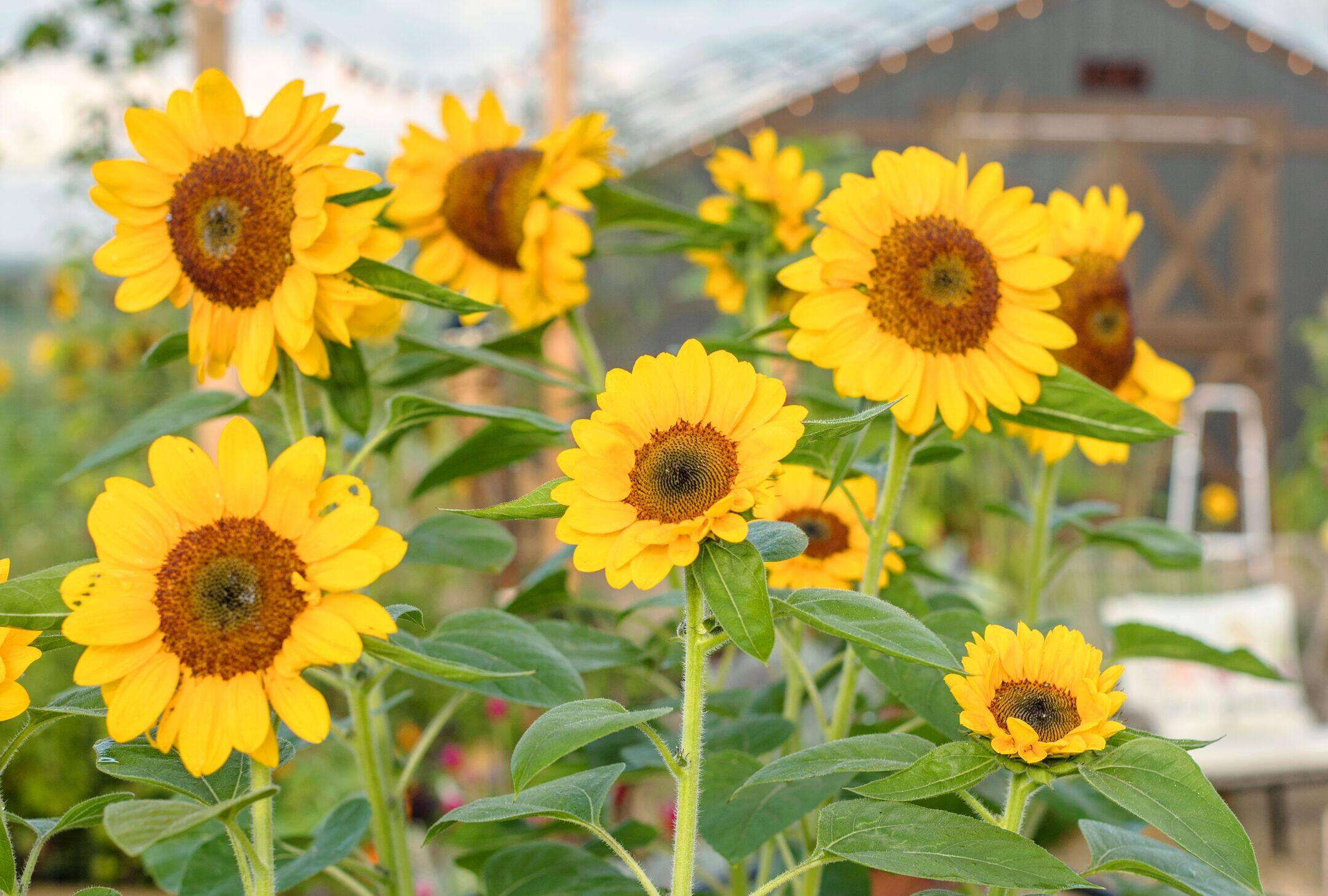
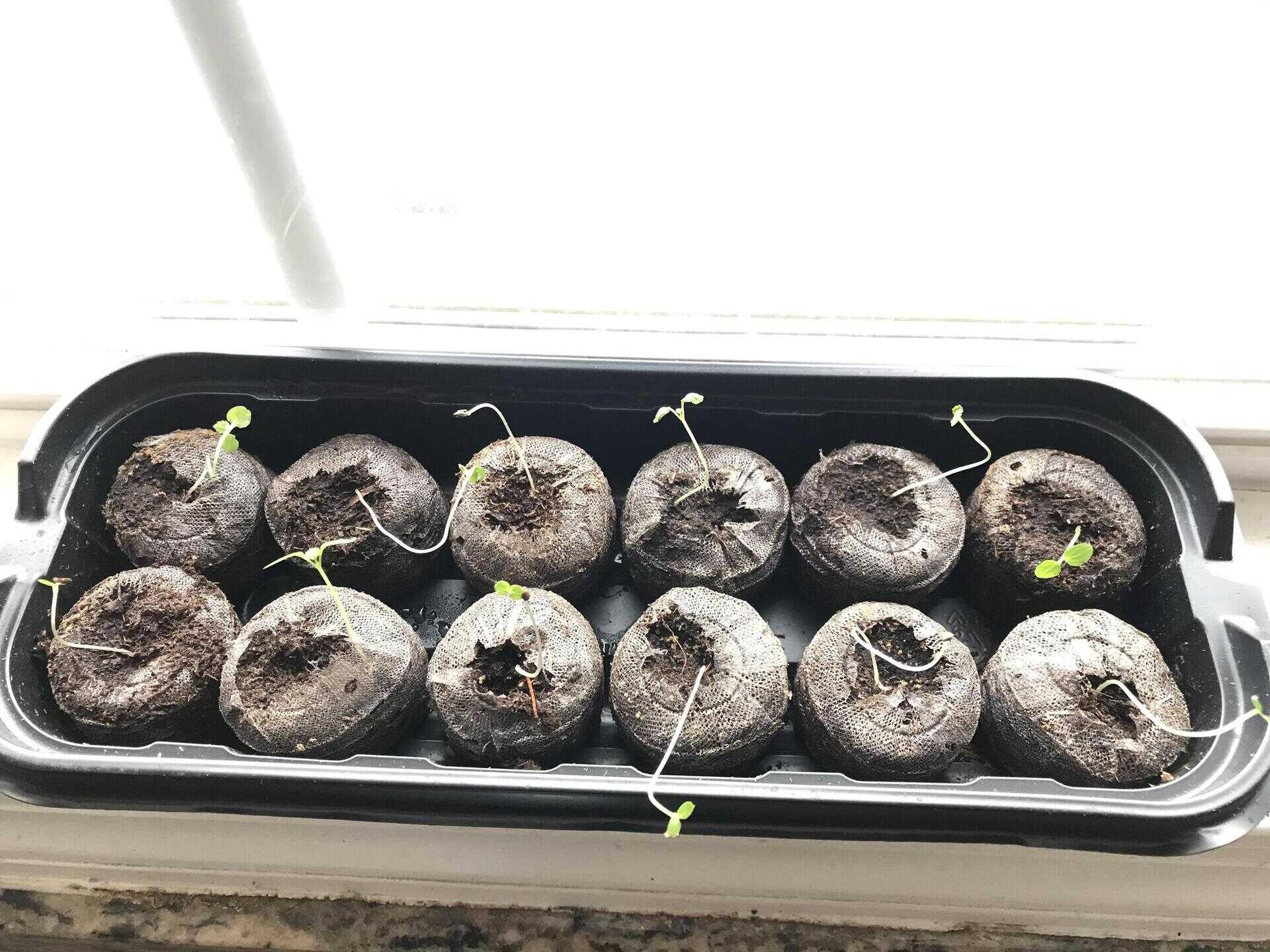
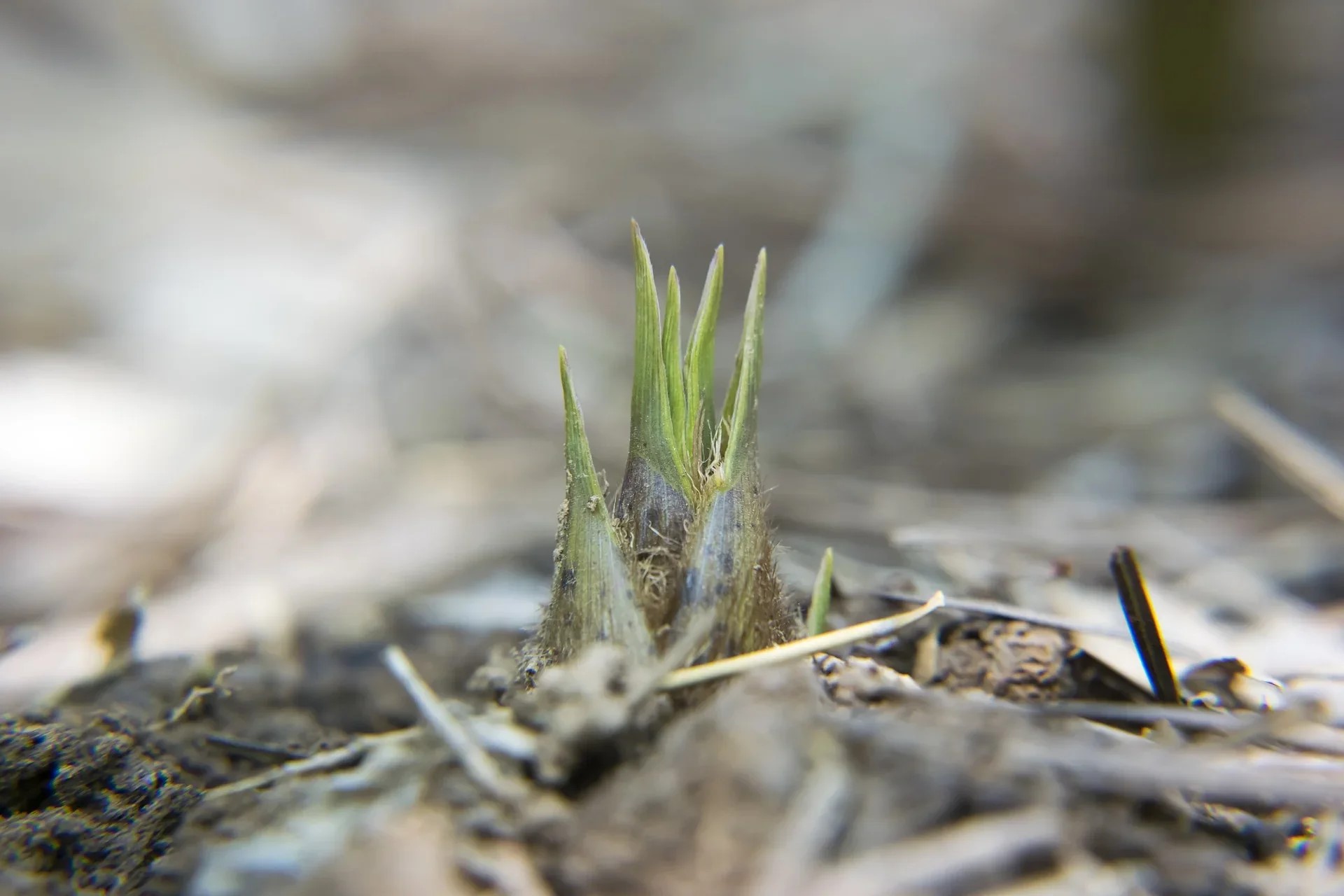
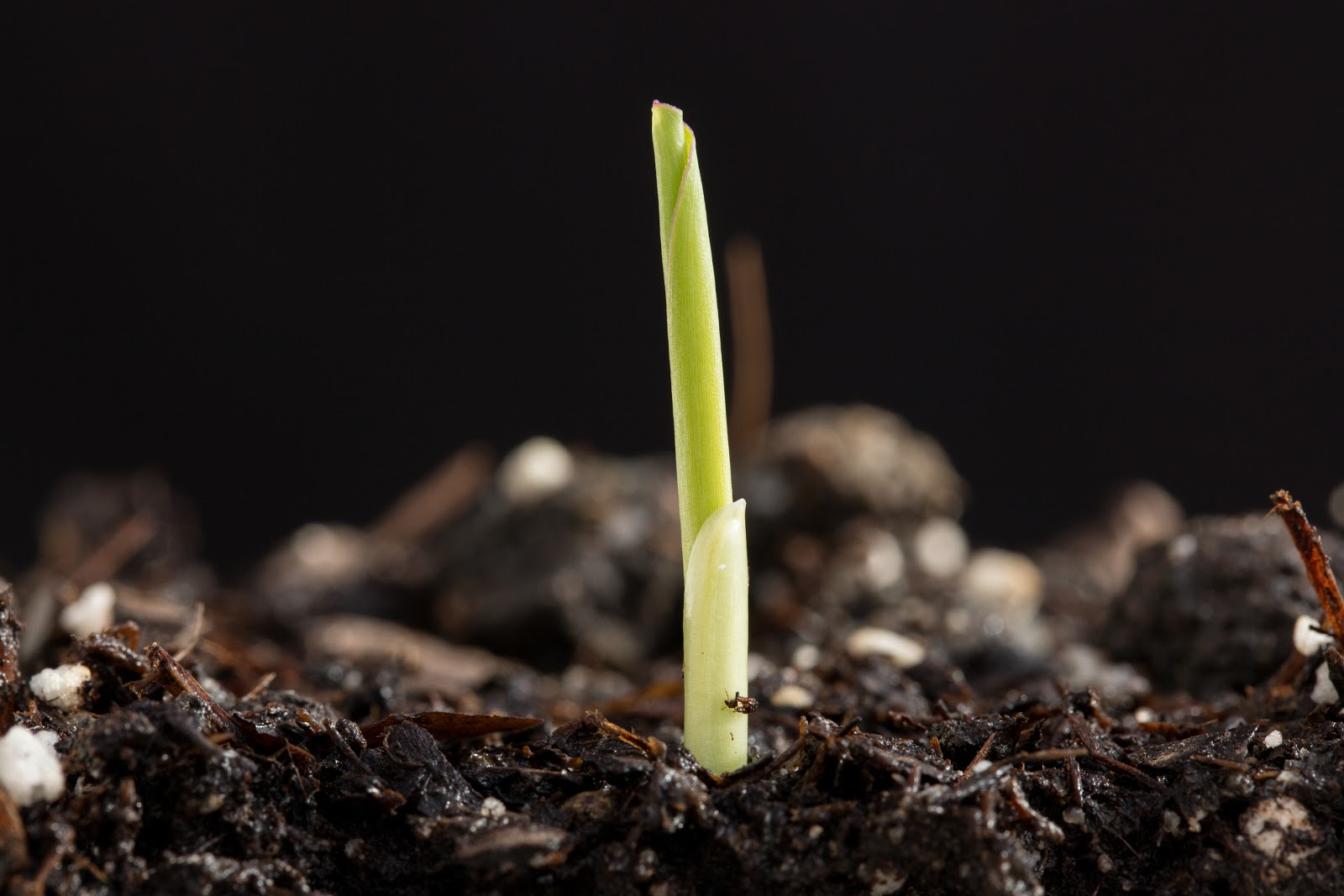
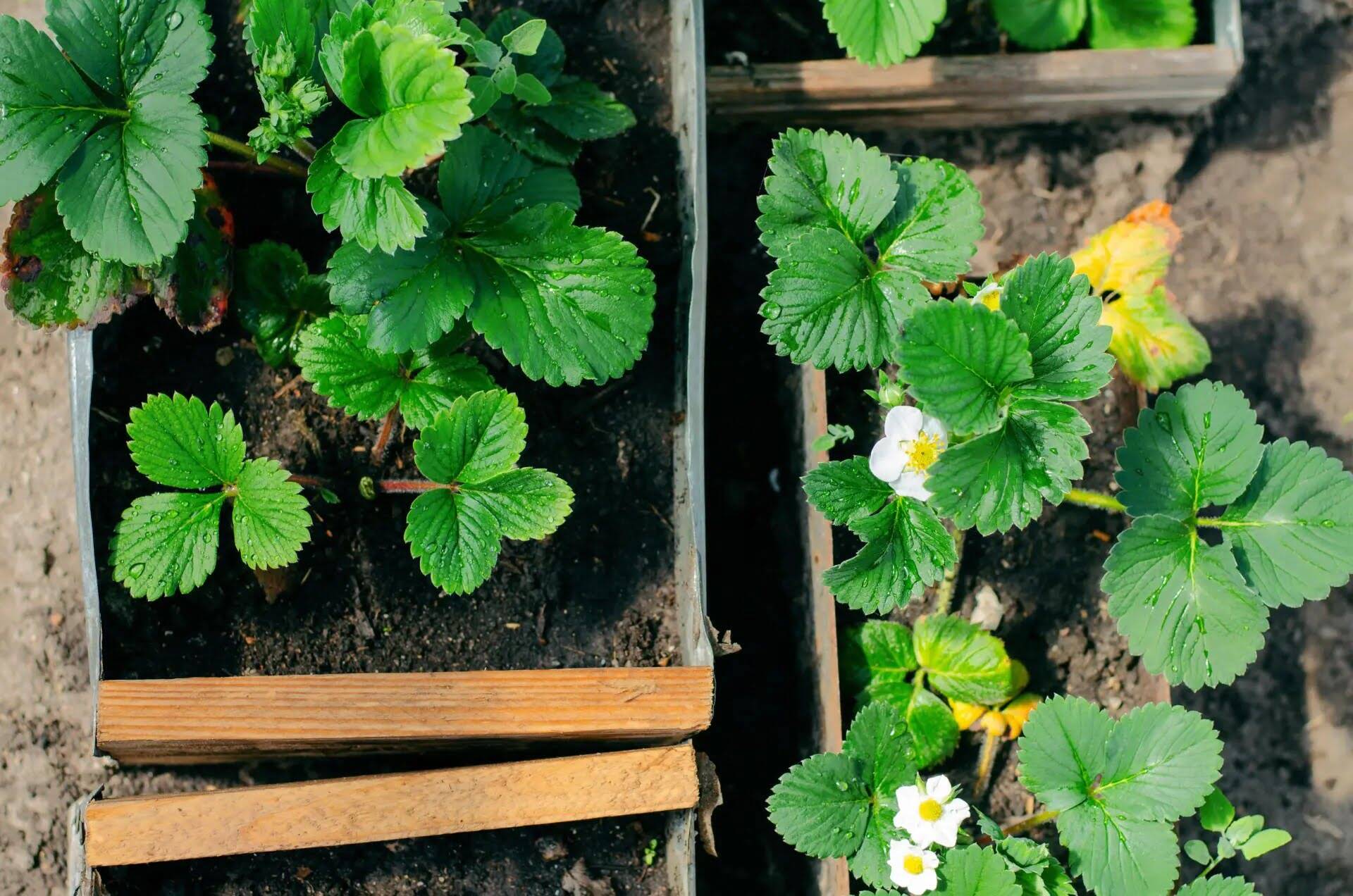
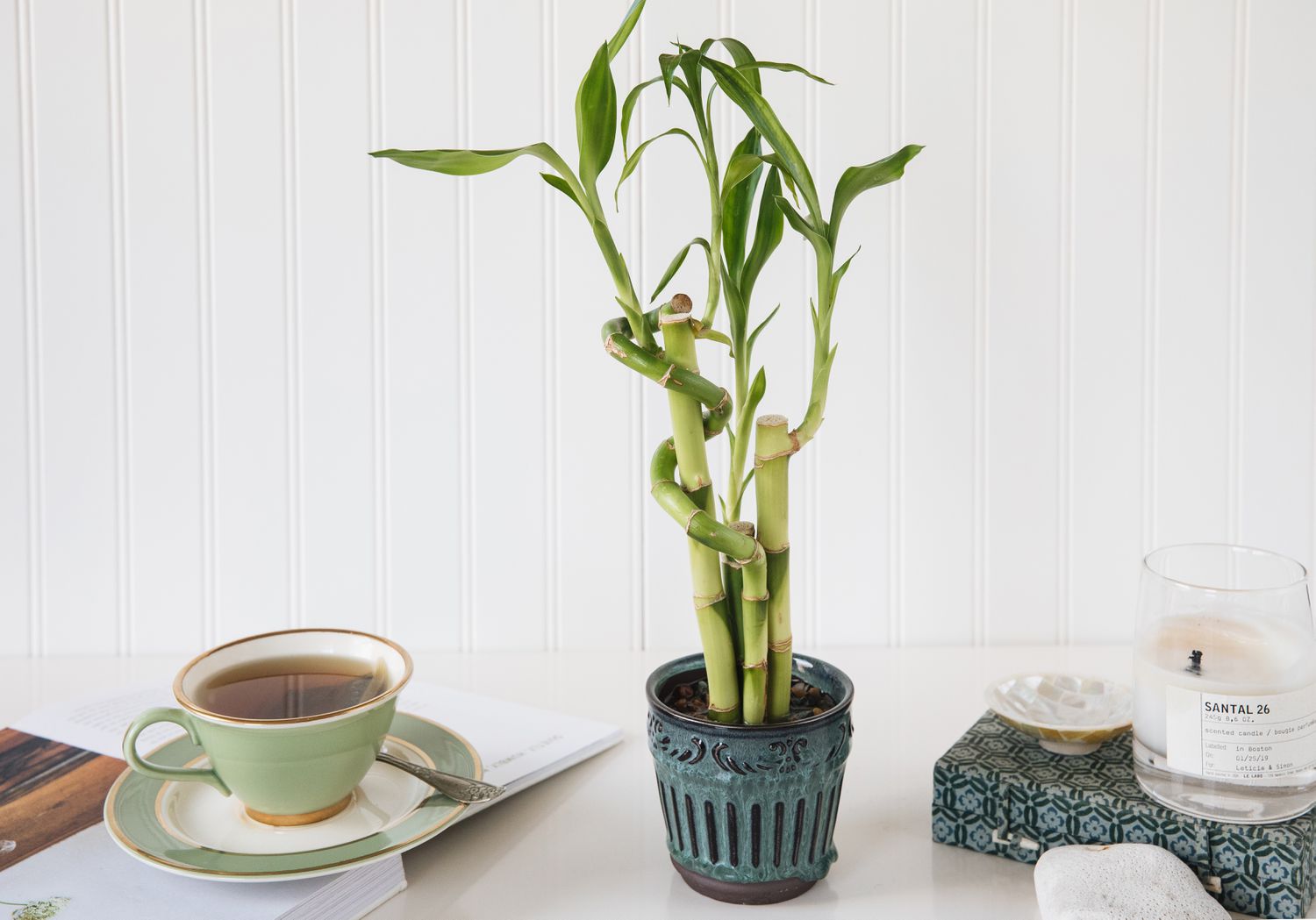
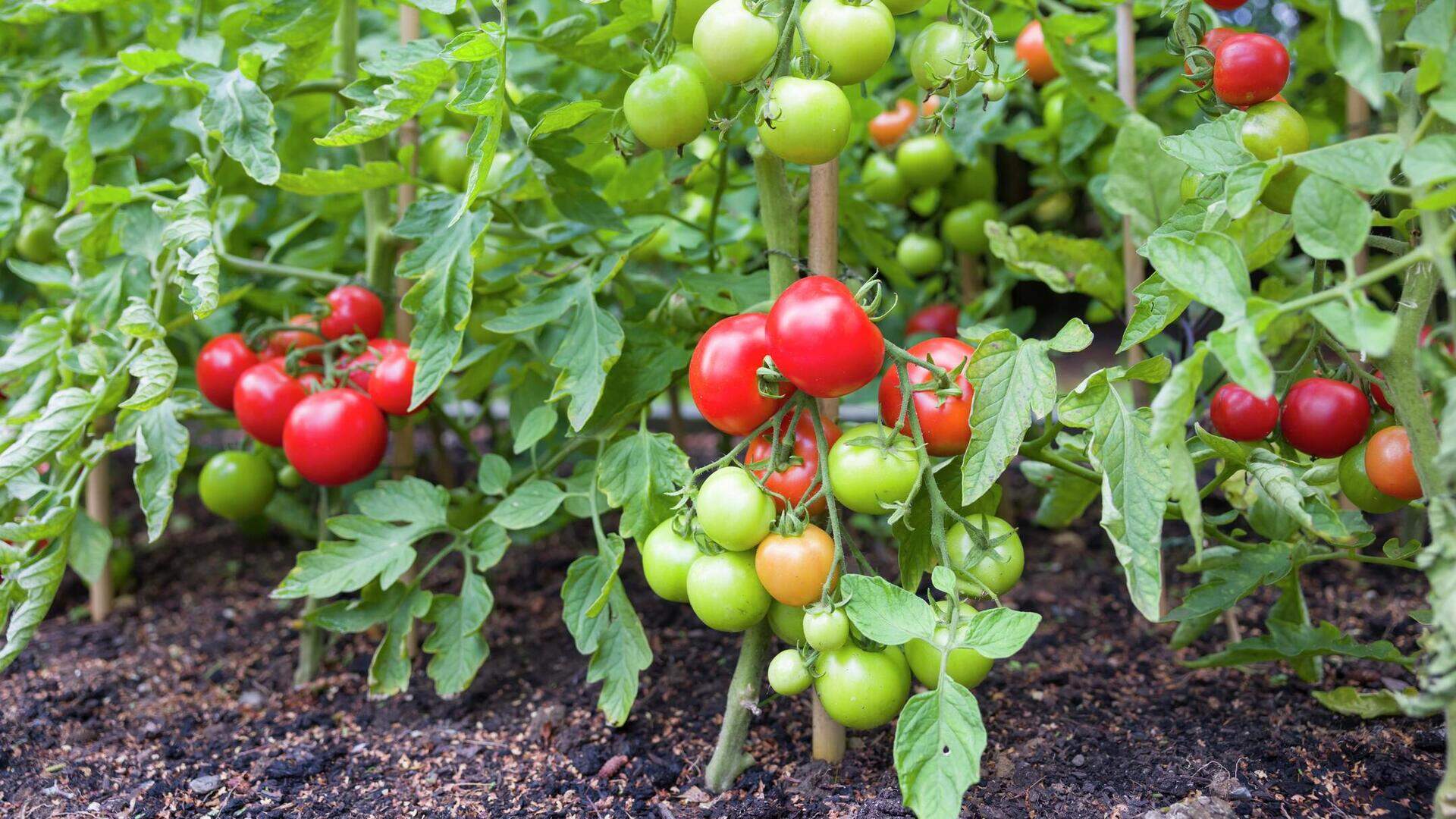
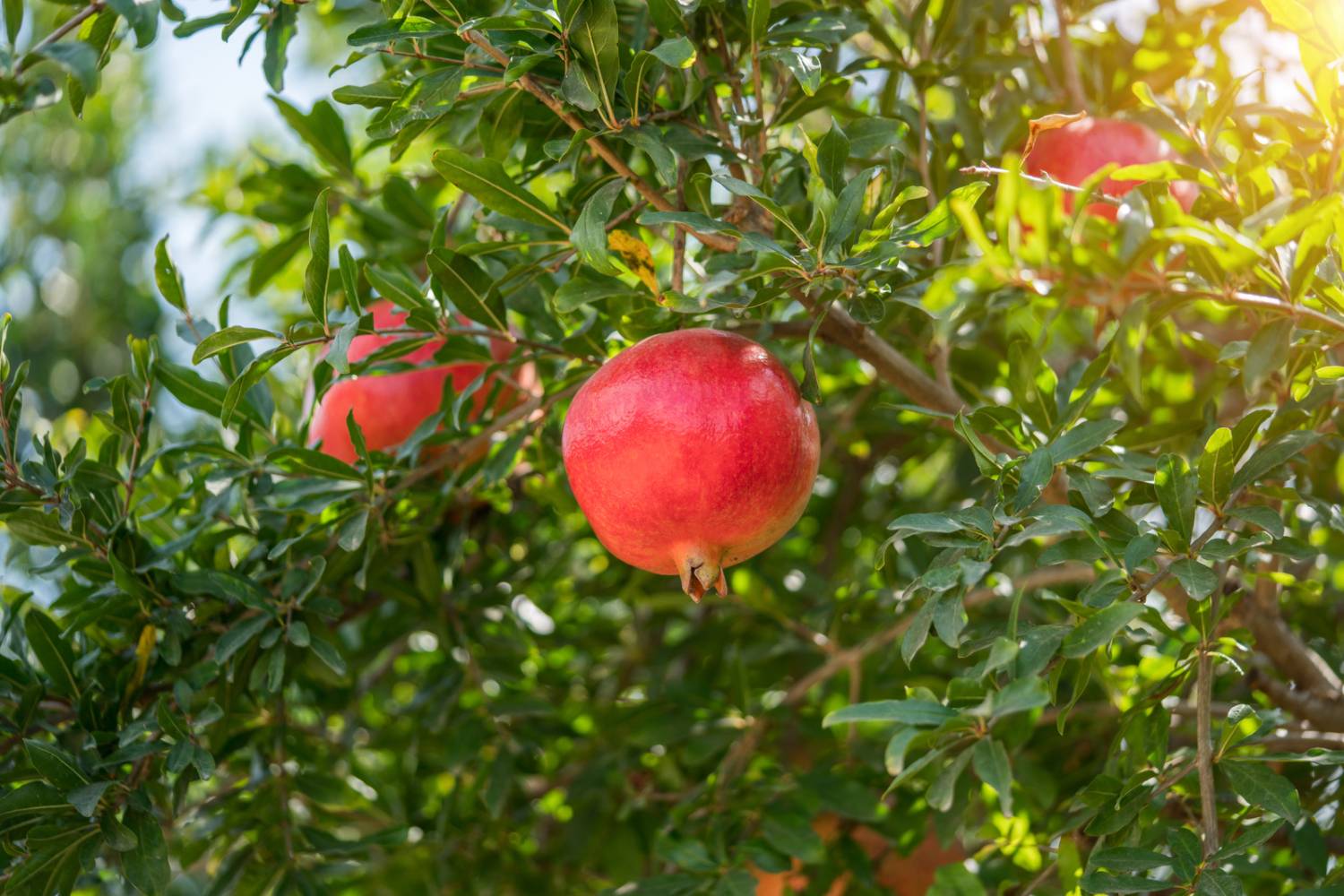
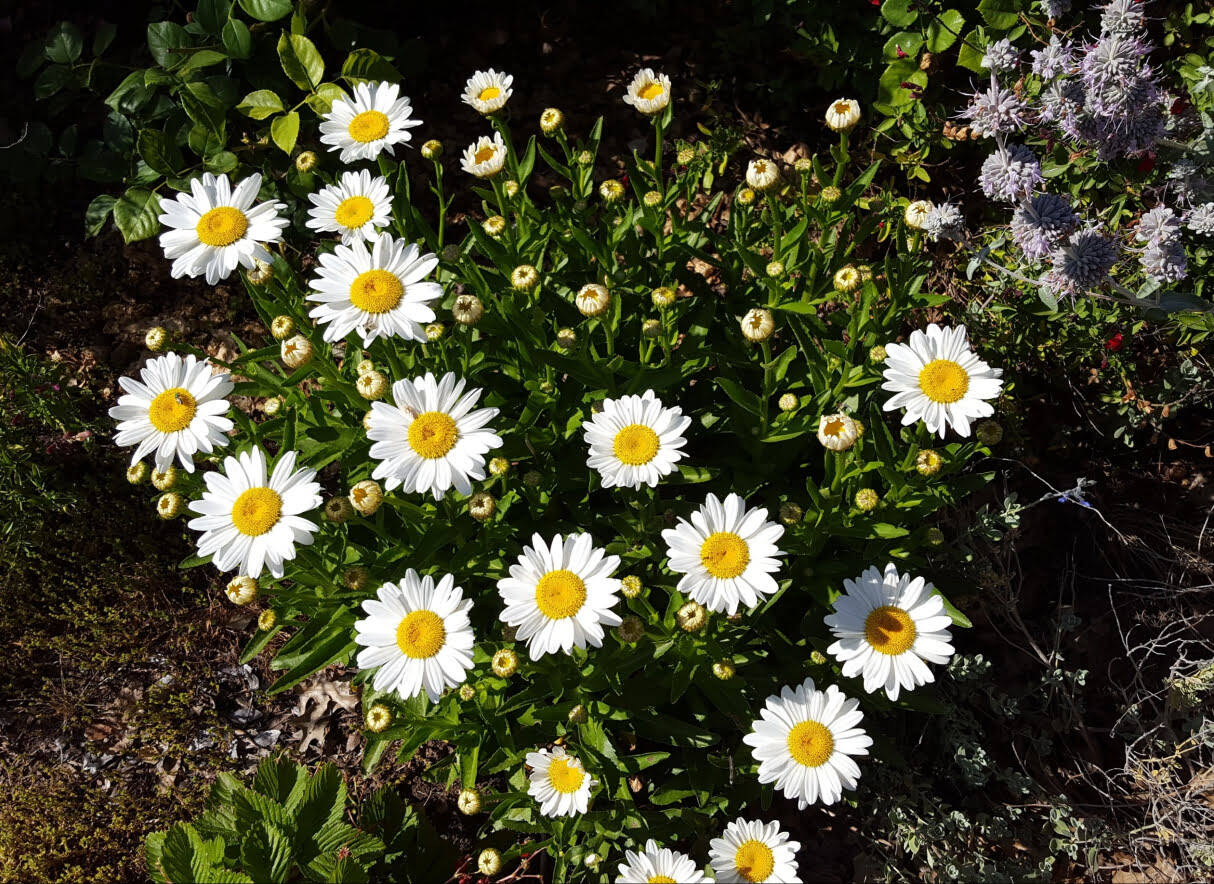
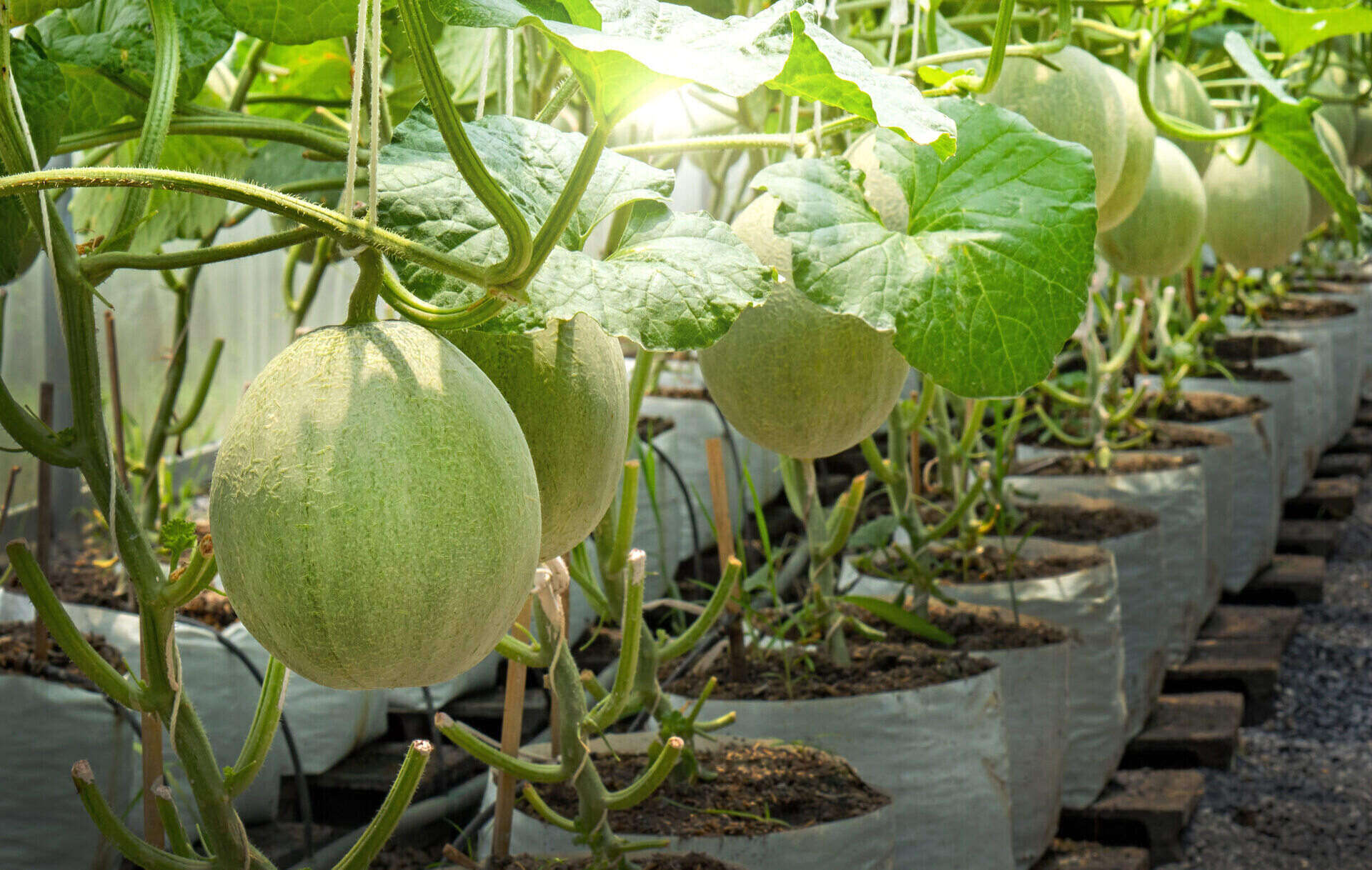
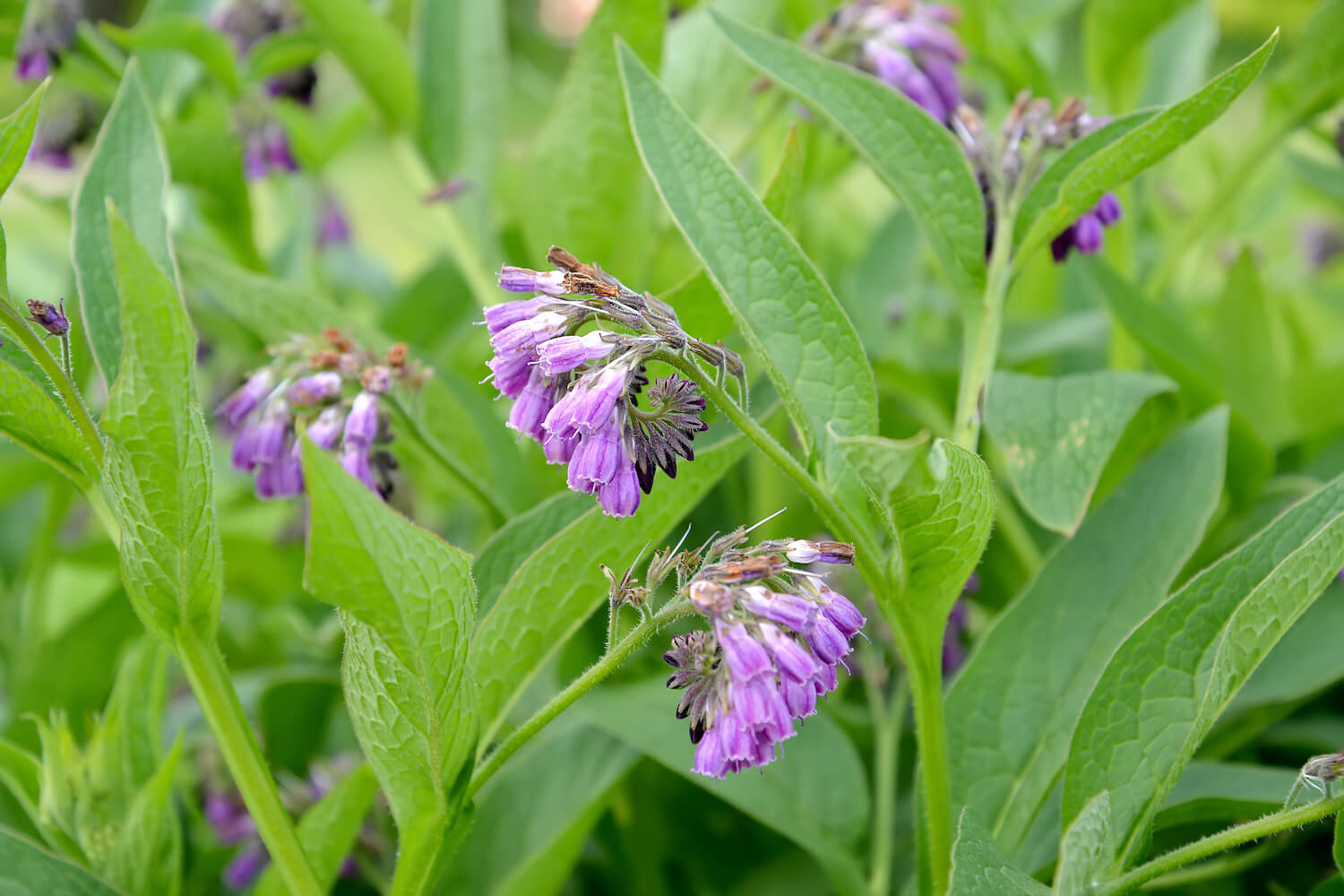
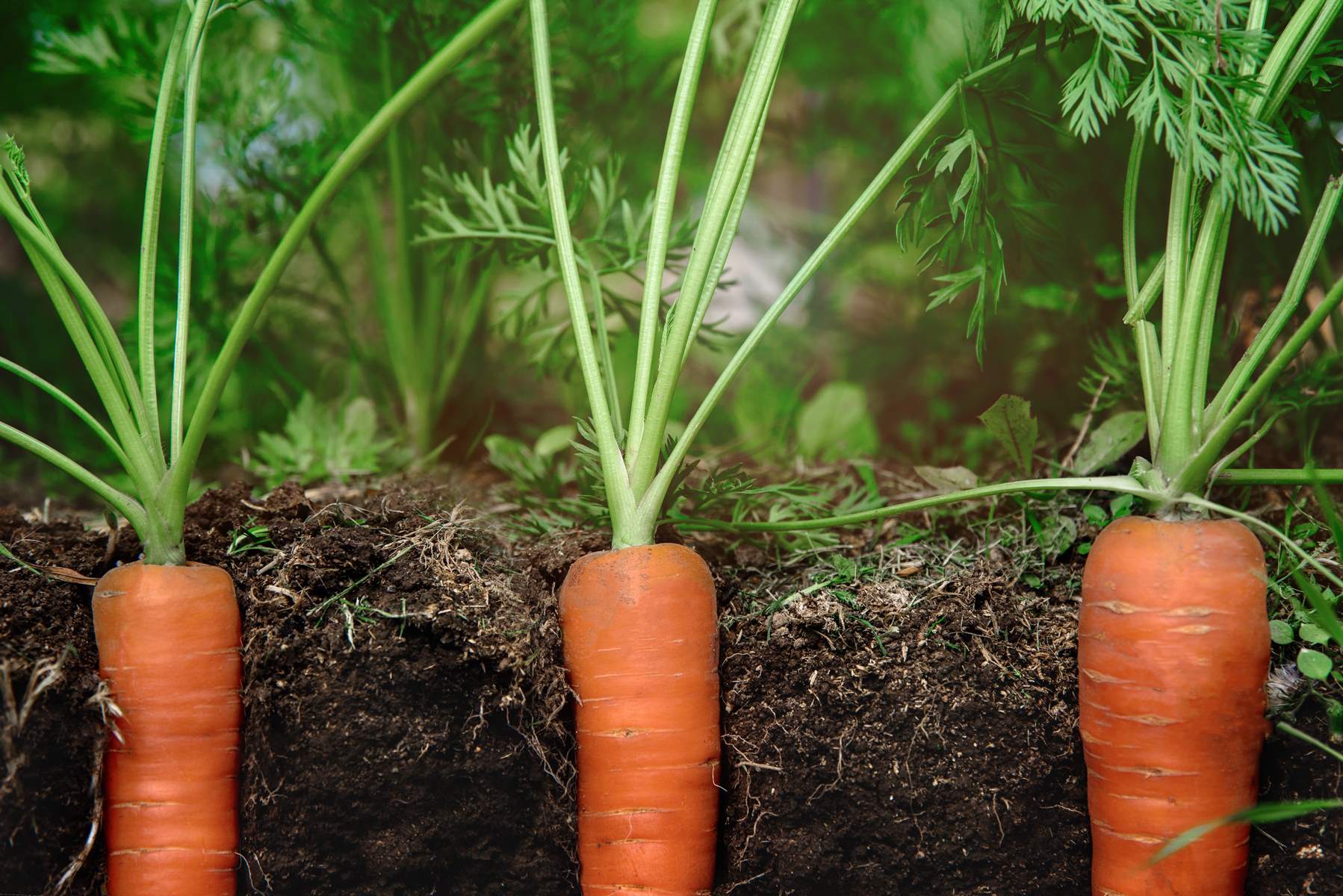
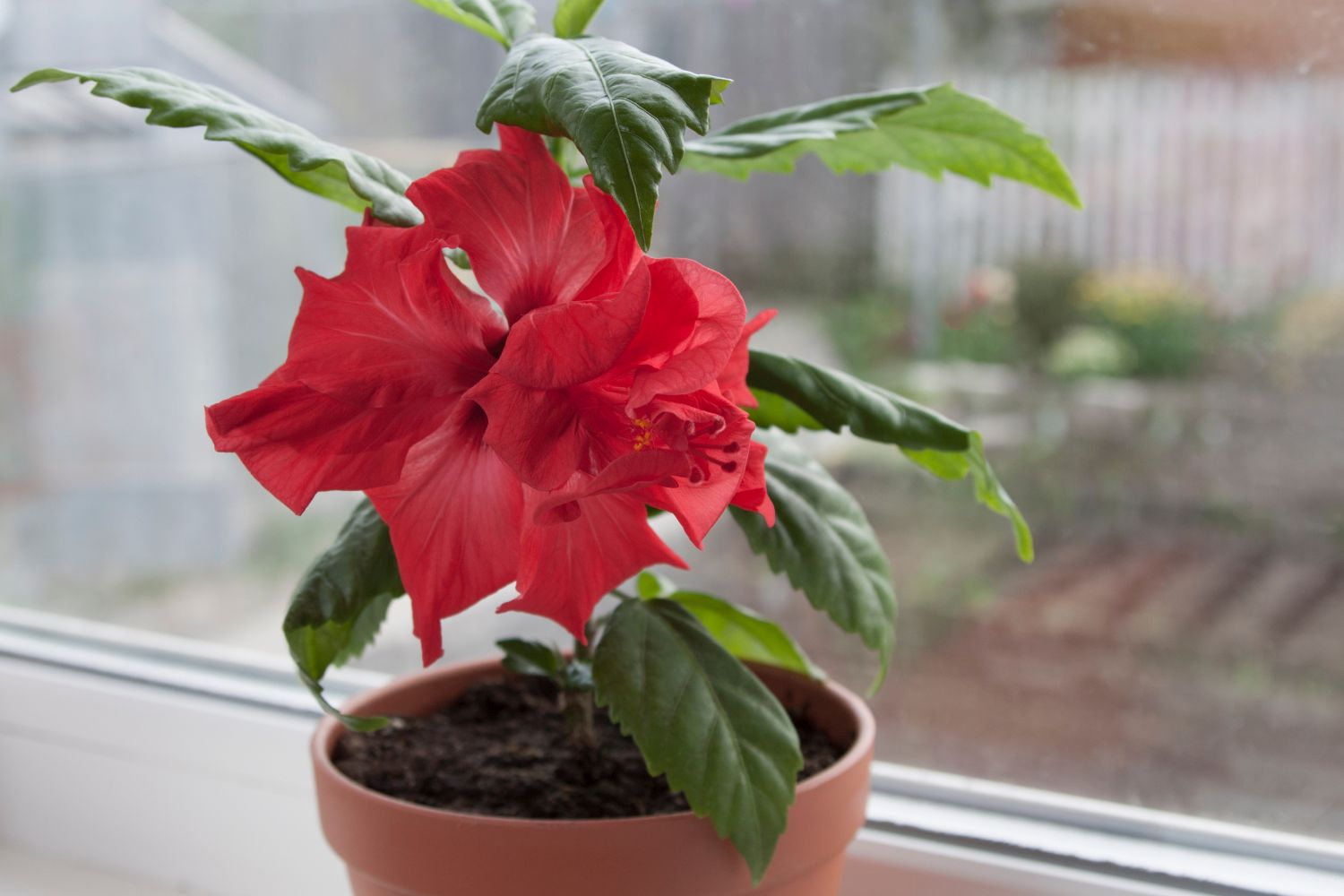
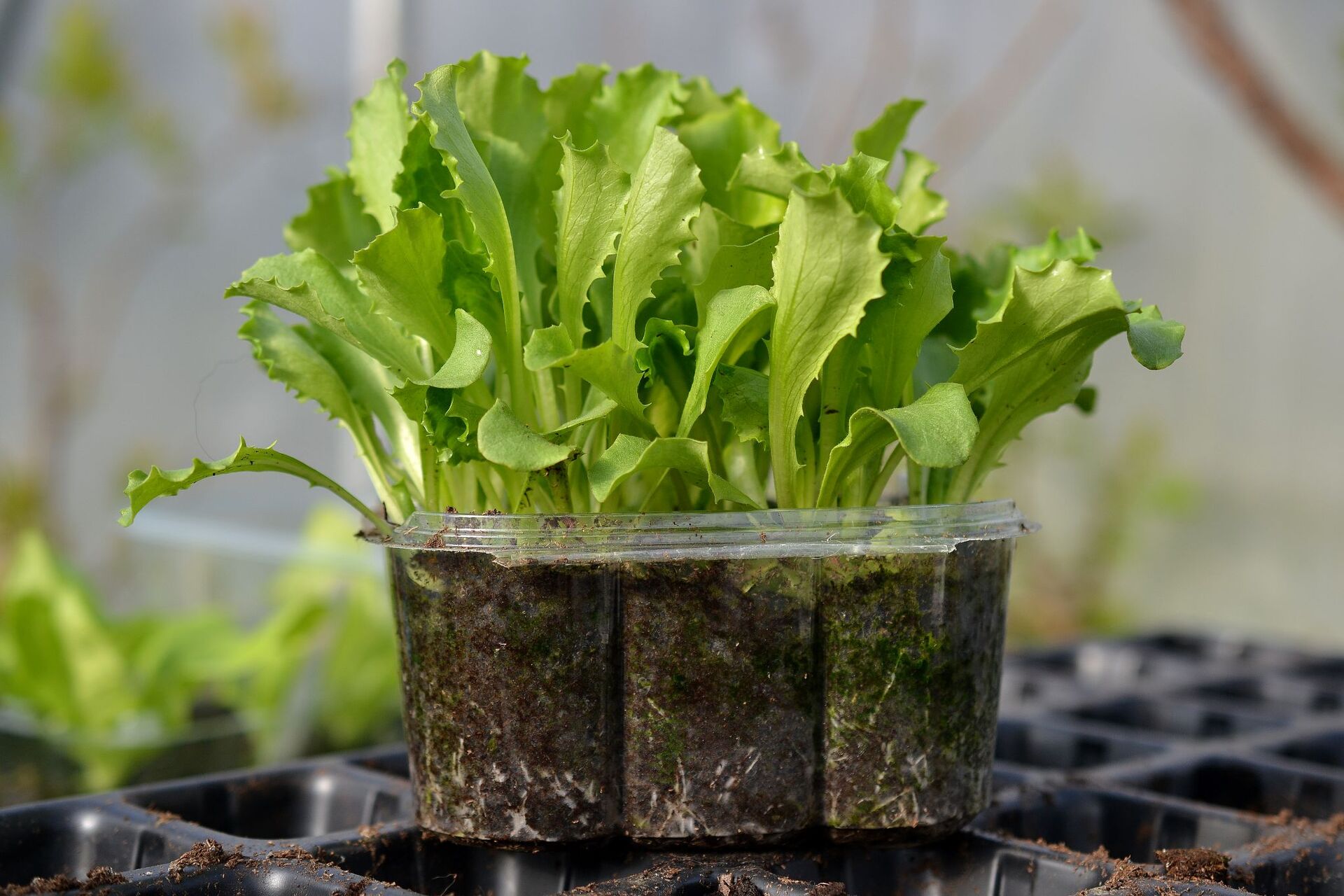

0 thoughts on “How Long Do Cucumbers Take To Grow From Seed”